Showing 1–12 of 53 results
-
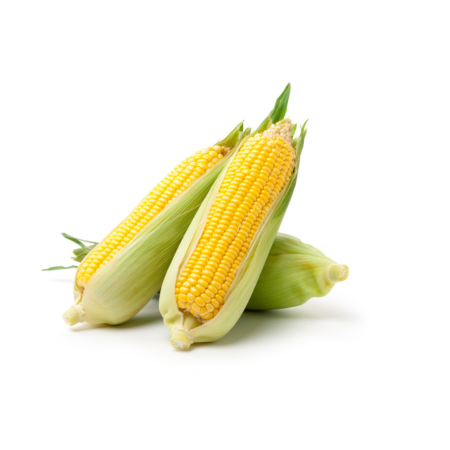
American Sweetcorn (Two Units)
₹50.00Add to cartAmerican Sweet Corn is a beloved and versatile vegetable that has become a staple in kitchens worldwide. Known for its sweet, crisp kernels and vibrant golden-yellow color, it is often enjoyed in both savory and sweet dishes. Originally cultivated by indigenous peoples of the Americas, sweet corn has grown to become a dietary favorite, thanks to its natural sweetness, high energy content, and rich flavor. Whether grilled on the cob, boiled, or incorporated into soups, salads, and casseroles, American sweet corn brings a refreshing and satisfying taste to any meal.
-

Apple Salad with Raisins and Walnuts (180g)
₹200.00Add to cartIngredients:
Green Apples, Red Apples, pomegranate arils, fresh salad greens, basil, raisins, walnuts leafi with Balsamic Cranberry Vinaigrette.
-
Sale!
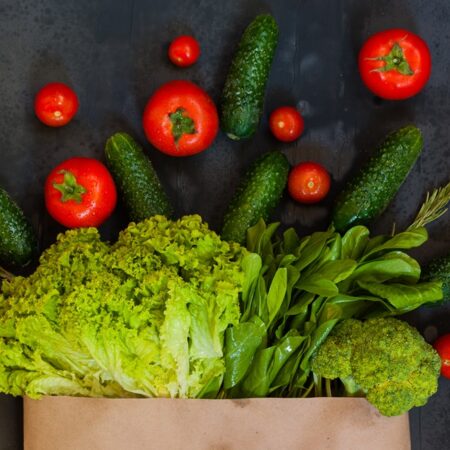
Arkoun Farms Box (300 Gms)
₹600.00 – ₹6,000.00Select options This product has multiple variants. The options may be chosen on the product pageSalad: A Fresh and Healthy Dish
A salad is a versatile and refreshing dish, typically composed of a combination of raw or cooked vegetables, fruits, nuts, seeds, and sometimes grains, legumes, or proteins. Often served as a side dish, main course, or appetizer, salads can be as simple as leafy greens tossed with a vinaigrette or as elaborate as a layered dish with a variety of ingredients. Salads are a great way to incorporate a wide variety of nutrient-rich foods into your diet while enjoying vibrant, fresh flavors.
Salads are a wonderful addition to any meal, offering endless possibilities to create delicious and nutritious dishes. Whether you’re looking for a light snack, a satisfying main course, or a refreshing side dish, a salad provides the perfect base for creativity in the kitchen. By using fresh ingredients, a variety of textures and flavors, and nutrient-packed add-ins, you can create a salad that’s both healthy and delicious.
-

Arugula Lettuce (Per 100g)
₹130.00Add to cartThe leaves can be long and spiked or shorter and more rounded, but they all share that dark green color. People commonly add fresh arugula to salads, but it also works well incorporated into pasta, casseroles, and sauces, just like other leafy greens. Due to its peppery flavor, people often mix arugula with other milder greens, such as watercress and romaine. Arugula is high in vitamin K, a fat-soluble vitamin that helps with blood clotting and bone metabolism.
-

Avocado (One Unit) Approx 150g – 200g
₹130.00Add to cartAvocado, often referred to as a “superfood,” is a fruit celebrated for its creamy texture, mild nutty flavor, and exceptional versatility. Native to Central America, avocados are now beloved worldwide for their culinary uses and numerous health benefits. Whether enjoyed in savory dishes or blended into smoothies, avocados are a staple ingredient for those seeking both flavor and nutrition.
-

Avocado Cucumber Salad (180g)
₹210.00Add to cartIngredient:
Mix salad greens, Blanch corn mix with tangy tomatoes, Avocado, crunchy cucumbers, onion, cilantro and with Italian lime Dressing.
-
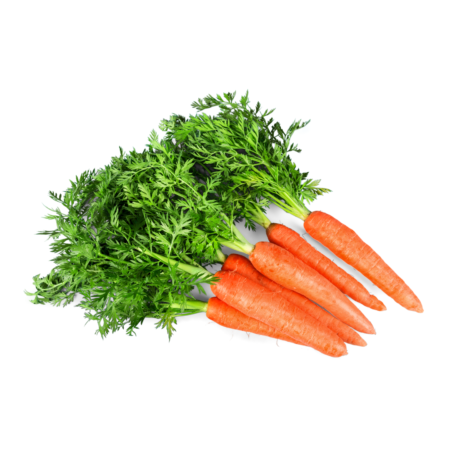
Baby Carrots – 100gms
₹150.00Add to cartBaby carrots are small, tender, and sweet-tasting varieties of carrots, often characterized by their uniform size, smooth texture, and vibrant orange color. They are a convenient and healthy snack option, beloved for their portability and crunch.
Baby carrots come in two forms:
- True Baby Carrots: These are harvested at an early stage of growth before reaching full maturity, offering a naturally small size and delicate sweetness.
- Processed Baby Carrots: Created from full-grown carrots that are peeled, cut, and shaped into smaller, bite-sized pieces for uniformity and ease of consumption.
Their mild flavor and attractive appearance make them a favorite for children and adults alike. Baby carrots are often eaten raw, paired with dips, or lightly cooked as a side dish.
-

Baby Spinach (Per 100gms)
₹115.00Add to cartBaby spinach (Spinacia oleracea) refers to the young, tender leaves of spinach plants harvested early in their growth cycle. Smaller and more delicate than mature spinach, baby spinach is prized for its mild flavor, smooth texture, and versatility in a wide range of dishes. It is a nutrient-dense green that is commonly used in salads, smoothies, sautés, and as a garnish. Baby spinach has small, delicate leaves that wilt to a slippery mass when cooked. The flavor of baby spinach is also much milder than that of mature bagged and bunched spinach.
-

Beefsteak Tomatoes – 1Kg
₹225.00Add to cartBeefsteak tomatoes are a large, meaty variety of tomato known for their rich flavor, firm texture, and juicy, dense flesh. They are one of the most popular types of heirloom tomatoes, widely used in cooking for everything from sandwiches to salsas to sauces. With their bold flavor profile and substantial size, beefsteak tomatoes are often seen as a signature ingredient in summer dishes and are favored by chefs for their ability to hold up well in both raw and cooked preparations.
Native to South America, tomatoes, including beefsteaks, have been cultivated for hundreds of years, with beefsteak varieties first appearing in the United States in the 19th century. Over time, their popularity has grown due to their size, flavor, and the versatility they offer in culinary applications.
-
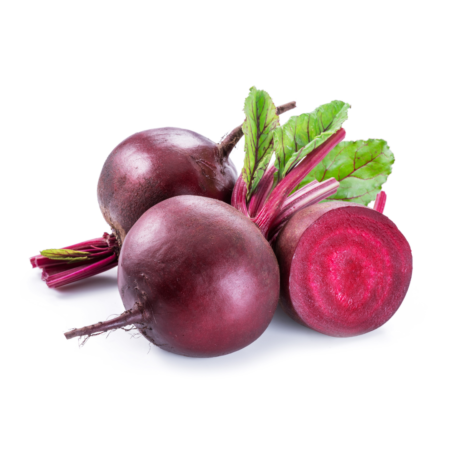
Beetroots (Per 500gms)
₹48.00Add to cartBeetroot tops are deep green, bunched together with the veins being of the colour of beetroot. When raw, they posses chewy and woody texture similar to collard greens and kale. Beetroot is a versatile and nutrient-rich vegetable that can be enjoyed in many ways. You can roast it for a sweet, caramelized flavor, or boil it and add it to salads for a crunchy texture and vibrant color. Beetroot can also be blended into smoothies or juices for a nutrient-packed drink. Try using it in soups like borscht, or incorporate it into sandwiches and wraps for added flavor. For a unique twist, you can also pickle beetroot or use it in dips like hummus.
-

Bell Peppers (2 Units – Red+Yellow)
₹60.00Add to cartBell peppers (Capsicum annuum) are a popular vegetable known for their bright, vibrant colors, crisp texture, and sweet, mild flavor. Unlike many other types of peppers, bell peppers are not spicy, making them a favorite in both raw and cooked dishes. They come in various colors, including green, red, yellow, orange, and even purple, with each color offering a slightly different flavor profile.
Bell peppers are members of the Solanaceae family, which also includes tomatoes, eggplants, and potatoes. Native to the Americas, bell peppers have been cultivated for thousands of years and are now widely grown around the world in both home gardens and commercial farms.
-
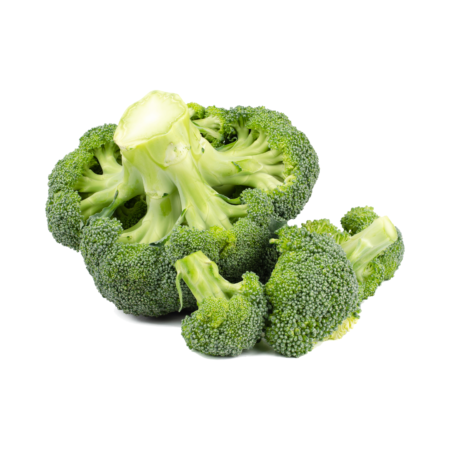
Broccoli (Floret) – 200g
₹120.00Add to cartBroccoli (Brassica oleracea) is a nutrient-dense vegetable that belongs to the cruciferous family. It features tightly packed green flower buds (the crown) atop thick stalks, often accompanied by smaller leaves. Known for its slightly bitter and earthy flavor, broccoli is highly versatile and can be steamed, roasted, stir-fried, or eaten raw.
In hydroponics, broccoli grows well with proper care in systems like NFT (Nutrient Film Technique) or DWC (Deep Water Culture). It requires moderate temperatures, nutrient balance, and sufficient light for optimal growth.

